Indoor gardening has evolved over the years, bringing patches of greenery into our everyday living spaces, and the mint plant is a shining star in this verdant trend. Historically a staple in herb gardens, mint's adaptability now allows it to thrive indoors, offering a plethora of creative growing methods. Gone are the days of conventional potted plant setups; today's mint plant indoor ideas are both innovative and stylish, reimagining how we cultivate this aromatic herb inside our homes. While some might initially consider growing mint indoors a space-consuming endeavor, it is in fact a compact and delightful addition that can invigorate your interior decor. Surpass the ordinary and explore these mint plant indoor ideas to incorporate this versatile herb into your home environment with flair.
Mint plant in decorative pot. Placing it near a sunny window can enhance its growth and aroma. Source
Mint plant arrangement. Incorporate decorative pots with labels for a personalized touch. This enhances both aesthetics and organization in your indoor garden. Source
Hanging planter shelves for mint plants. This vertical setup optimizes space and allows for easy access to fresh mint indoors. Source
Indoor herb garden ideas featuring mint plant can enhance culinary experiences. Growing mint with other herbs maximizes flavor and makes a vibrant kitchen display. Source
Mint plants in colorful pots. Using vibrant containers like green or blue can enhance indoor gardening aesthetics and complement the fresh greenery of mint. Source
Mint plant in a decorative pot. Enhancing your indoor space with potted herbs can elevate aesthetics and provide fresh ingredients for cooking. Source
Vibrant mint plant display ideas. Placing the mint in a decorative pot near a sunny window enhances both its growth and aesthetic appeal. Source
Watering schedule.
Indoor plants thrive with a consistent watering schedule. Most plants prefer their soil to dry out a bit between watering, so checking the top inch can help you decide when to water. Overwatering can lead to root rot, so it's essential to find that sweet spot for each plant.
Proper sunlight.
Indoor plants thrive on the right amount of sunlight. Placing them near windows is usually a good idea, but too much direct sun can scorch the leaves. Finding that sweet spot with bright, indirect light helps keep your plants happy and healthy.
Potting soil.
Potting soil is crucial for indoor plants since it provides the right nutrients and drainage they need to thrive. Look for a mix that includes organic matter, like peat or coconut coir, along with perlite or vermiculite to improve aeration. Always check for any added fertilizers to make sure your plants get an extra boost when they're potted.
Container selection.
Choosing the right container for your indoor plant is super important. Go for something with drainage holes; it helps prevent root rot and keeps your plant happy. Material matters too; terracotta breathes well while plastic is lightweight and easy to move.
Fertilizer choice.
Choosing the right fertilizer for indoor plants can really boost their growth. A balanced, water-soluble fertilizer works wonders, especially during the growing season. Just remember to dilute it to avoid overwhelming your plants with too many nutrients!
Pruning techniques.
Pruning indoor plants helps keep them healthy and encourages growth. Make sure to use clean, sharp scissors or shears to avoid damaging the plant, cutting just above a leaf node. Regularly removing dead or yellowing leaves also boosts airflow and prevents pests.
Pest control methods.
A great way to handle pests on indoor plants is by using natural remedies like neem oil or insecticidal soap; they're pretty effective without being too harsh. Keeping the plants clean and dust-free helps prevent infestations, so regular wiping of leaves goes a long way. For tougher pests, introducing beneficial insects like ladybugs can really help balance things out without resorting to chemical sprays.
Cultivating mint indoors is a rewarding endeavor that can be easily achieved using a variety of creative methods. One popular approach is to plant mint in small pots or containers that can be placed on windowsills, where they receive adequate sunlight and add a pop of green to indoor spaces. Additionally, vertical gardens or hanging planters provide innovative solutions for those with limited space, allowing the mint to thrive while also enhancing the aesthetics of the home environment.

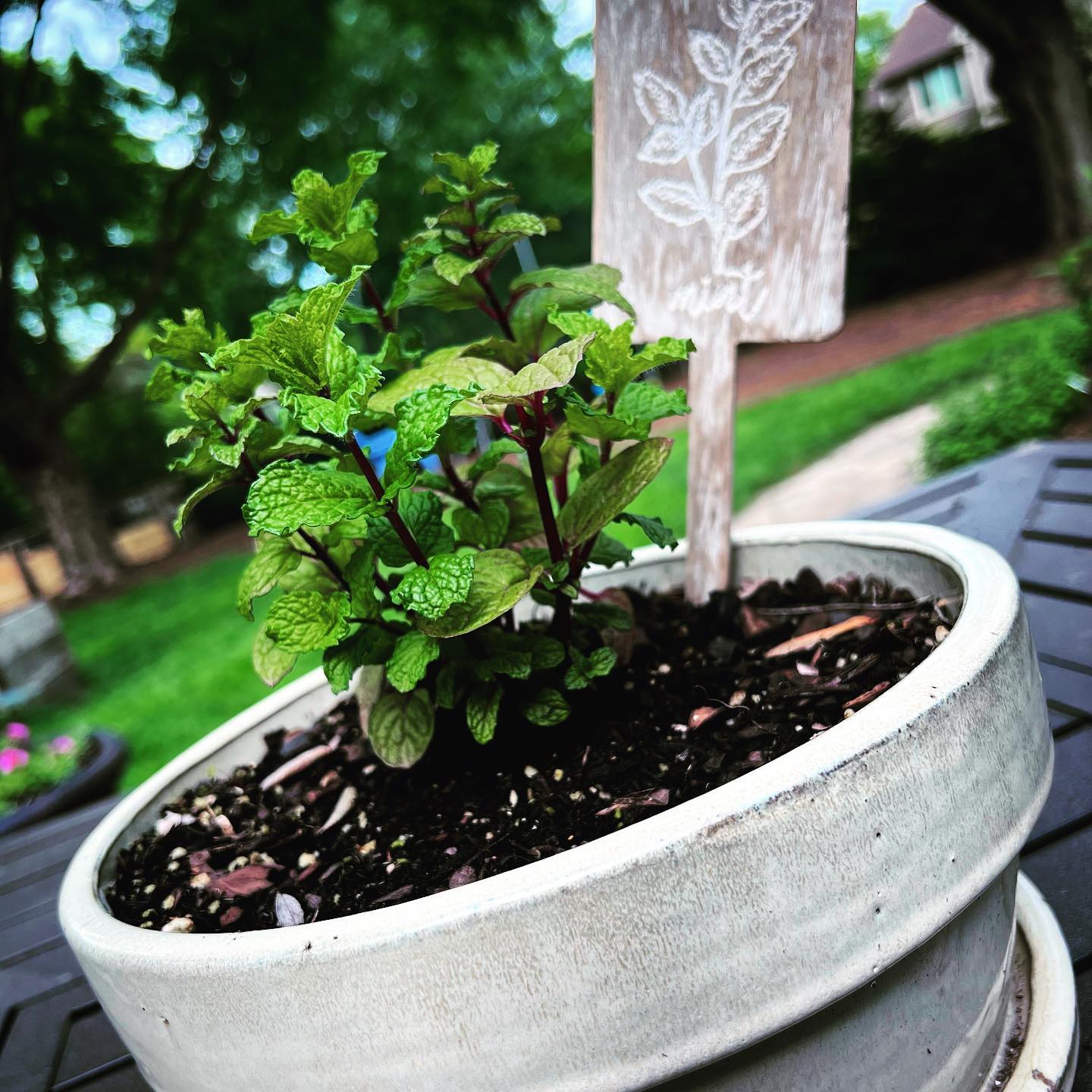
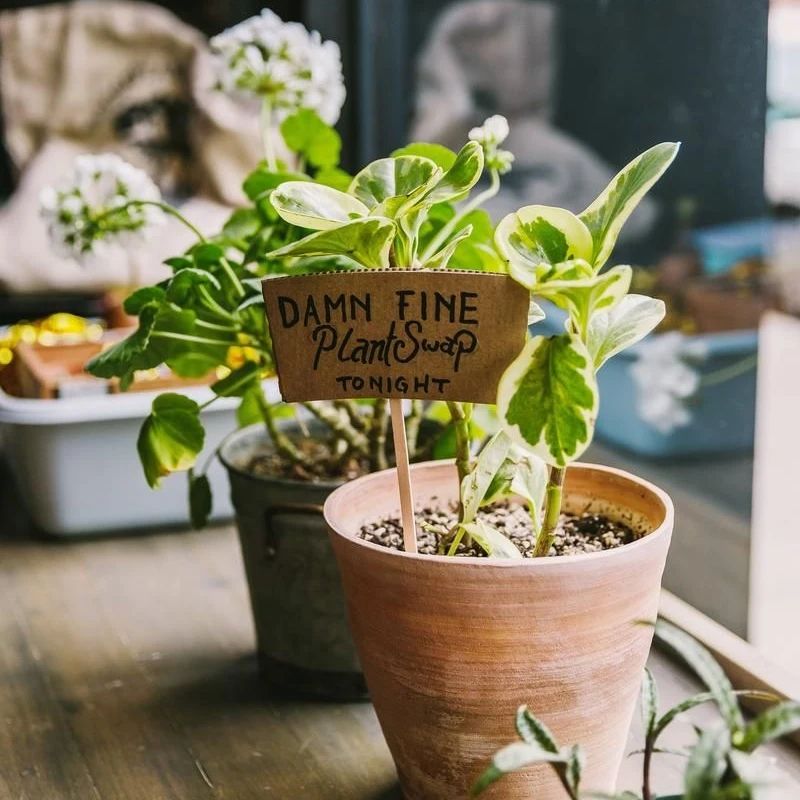
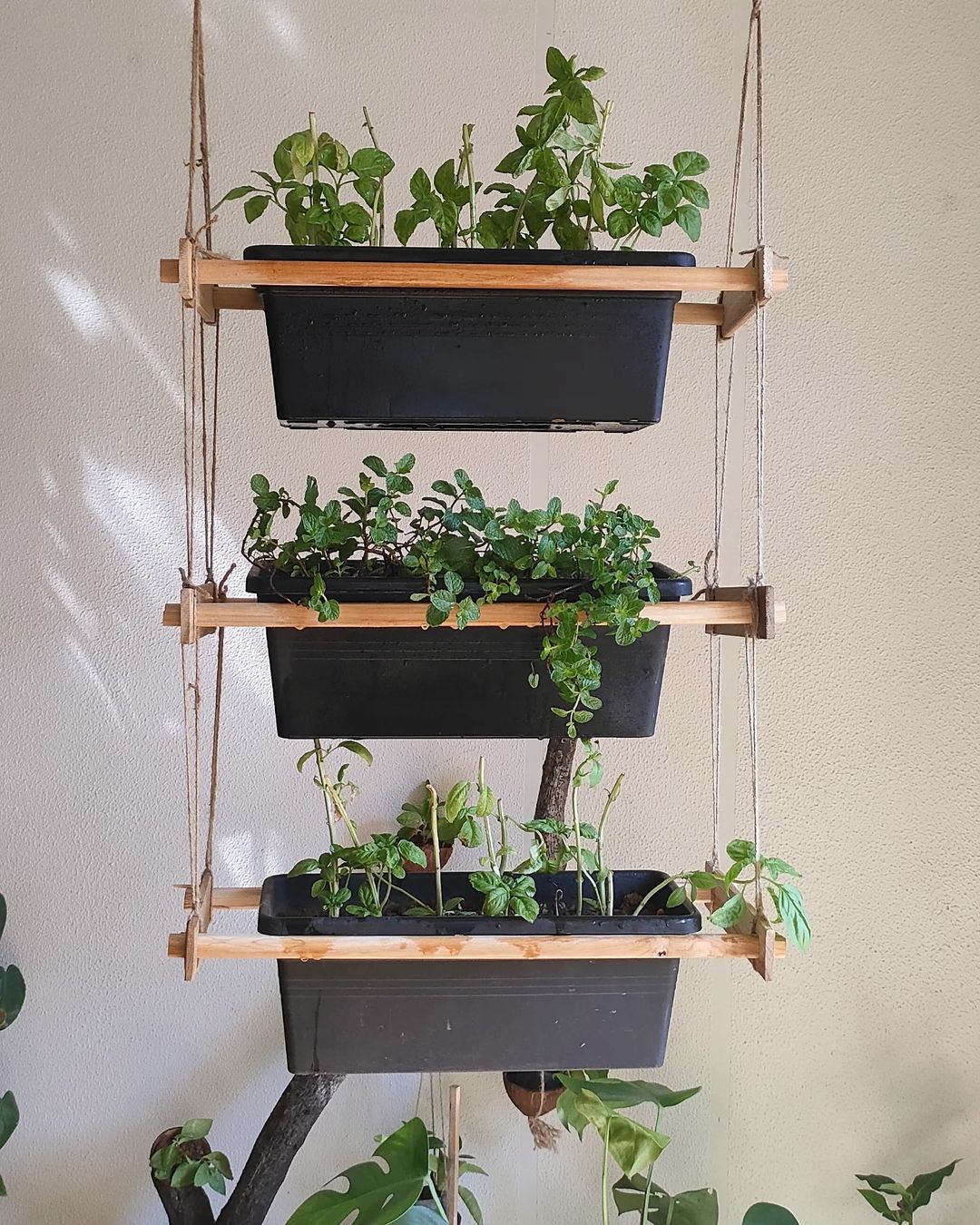
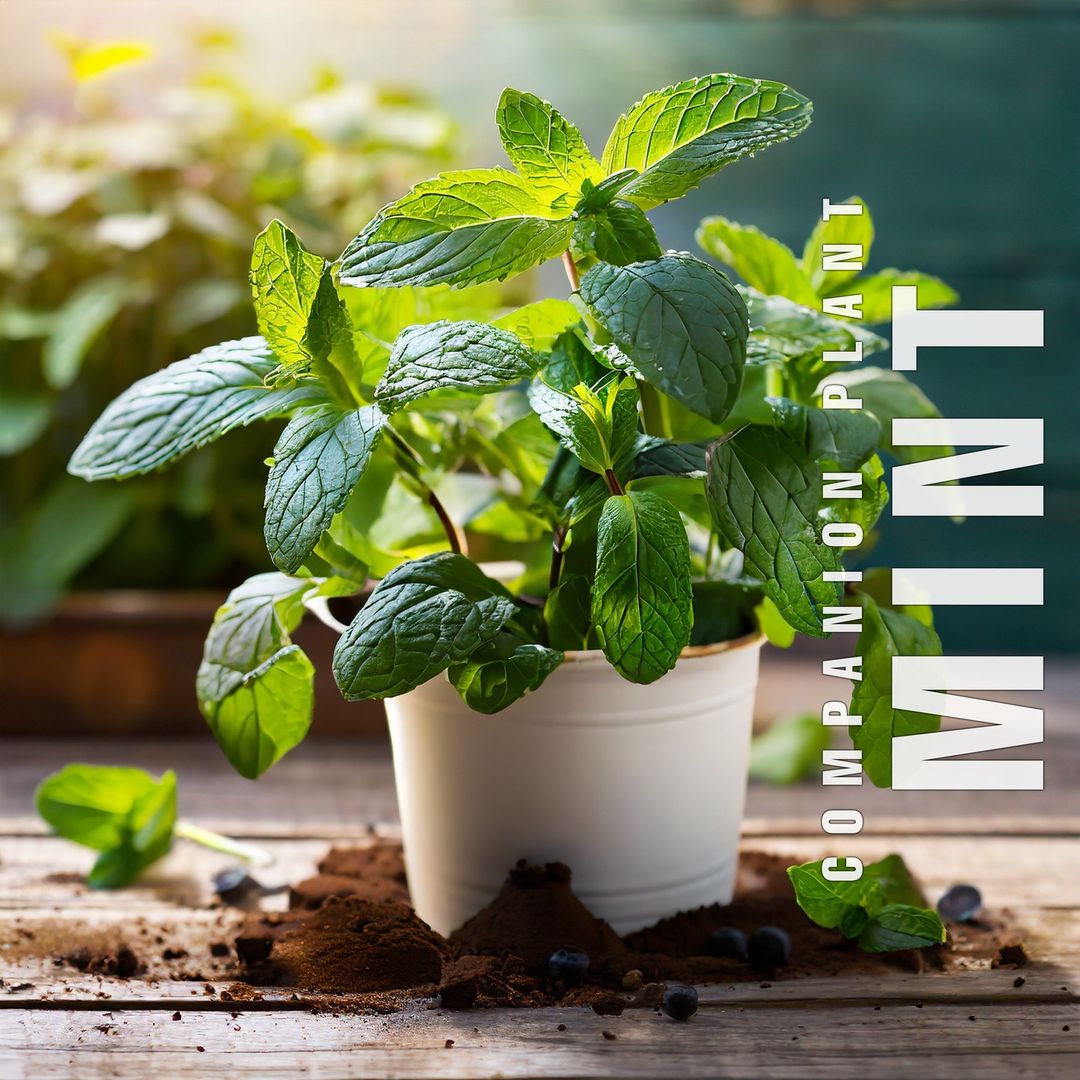
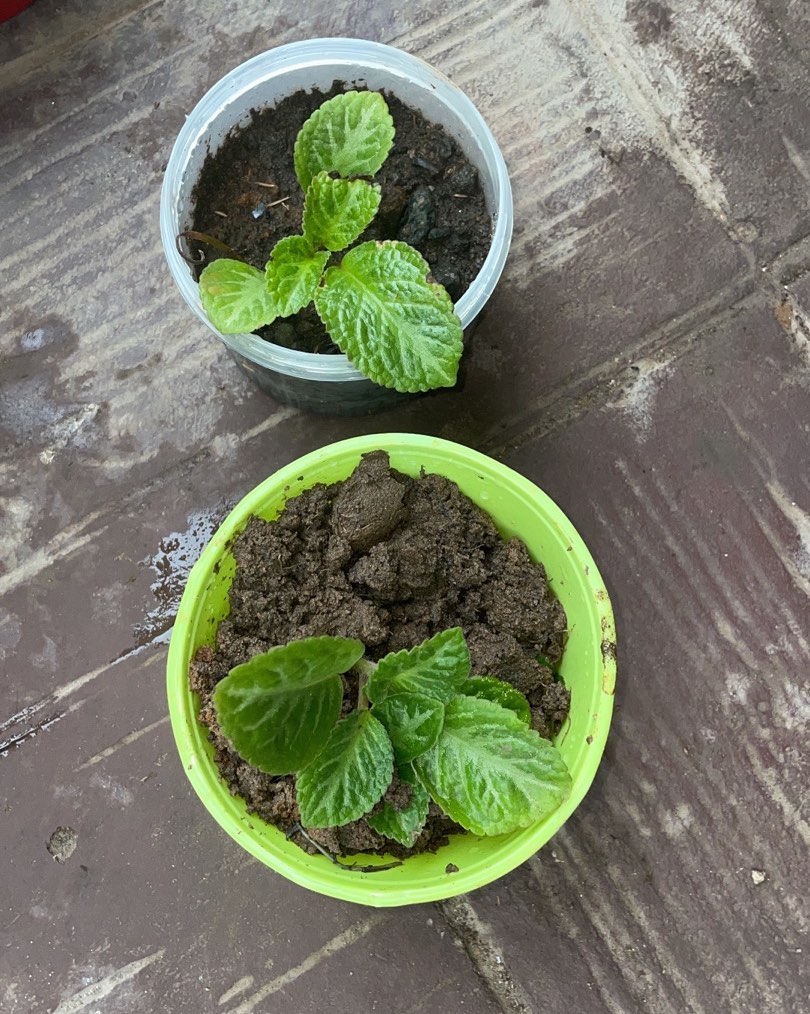
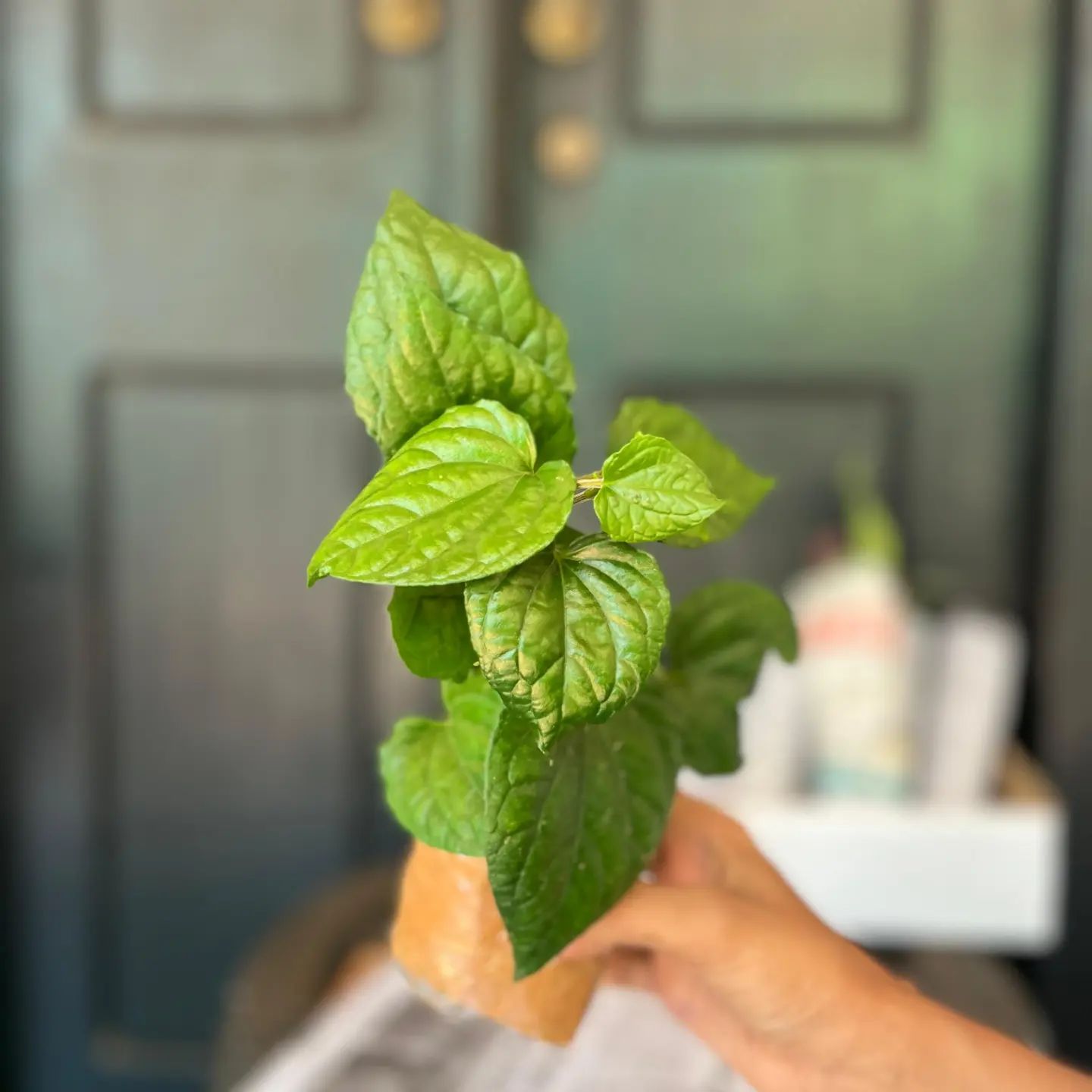
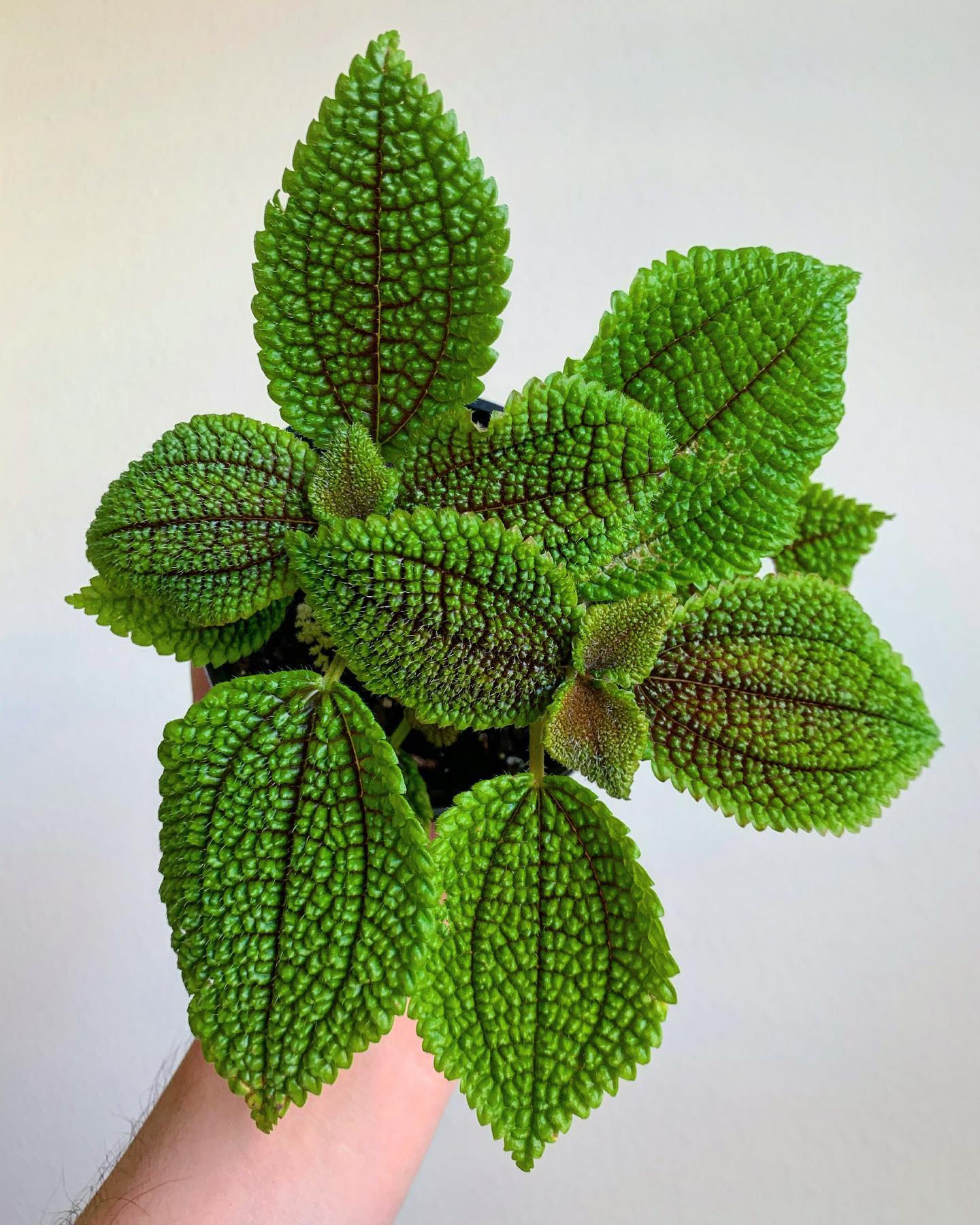

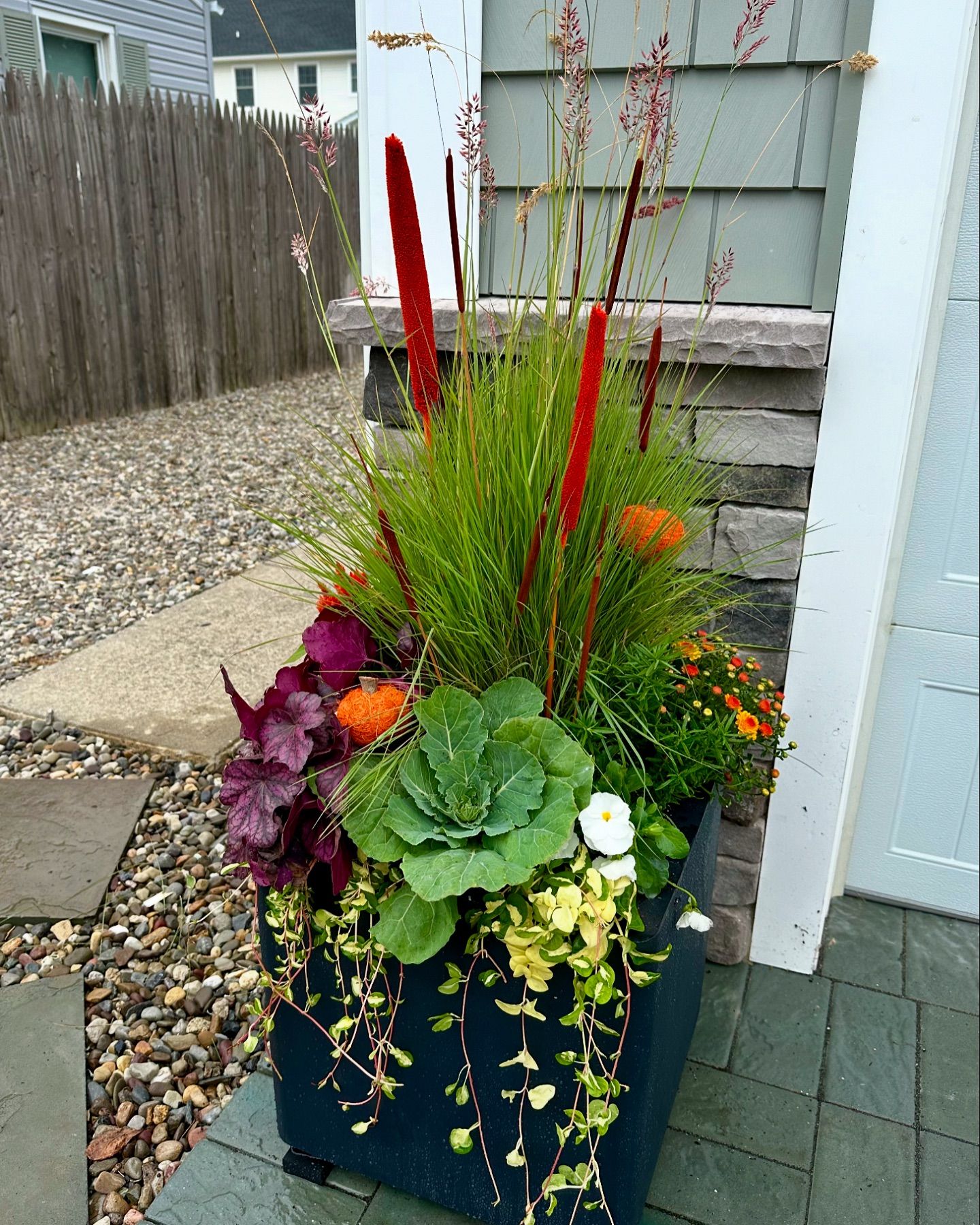
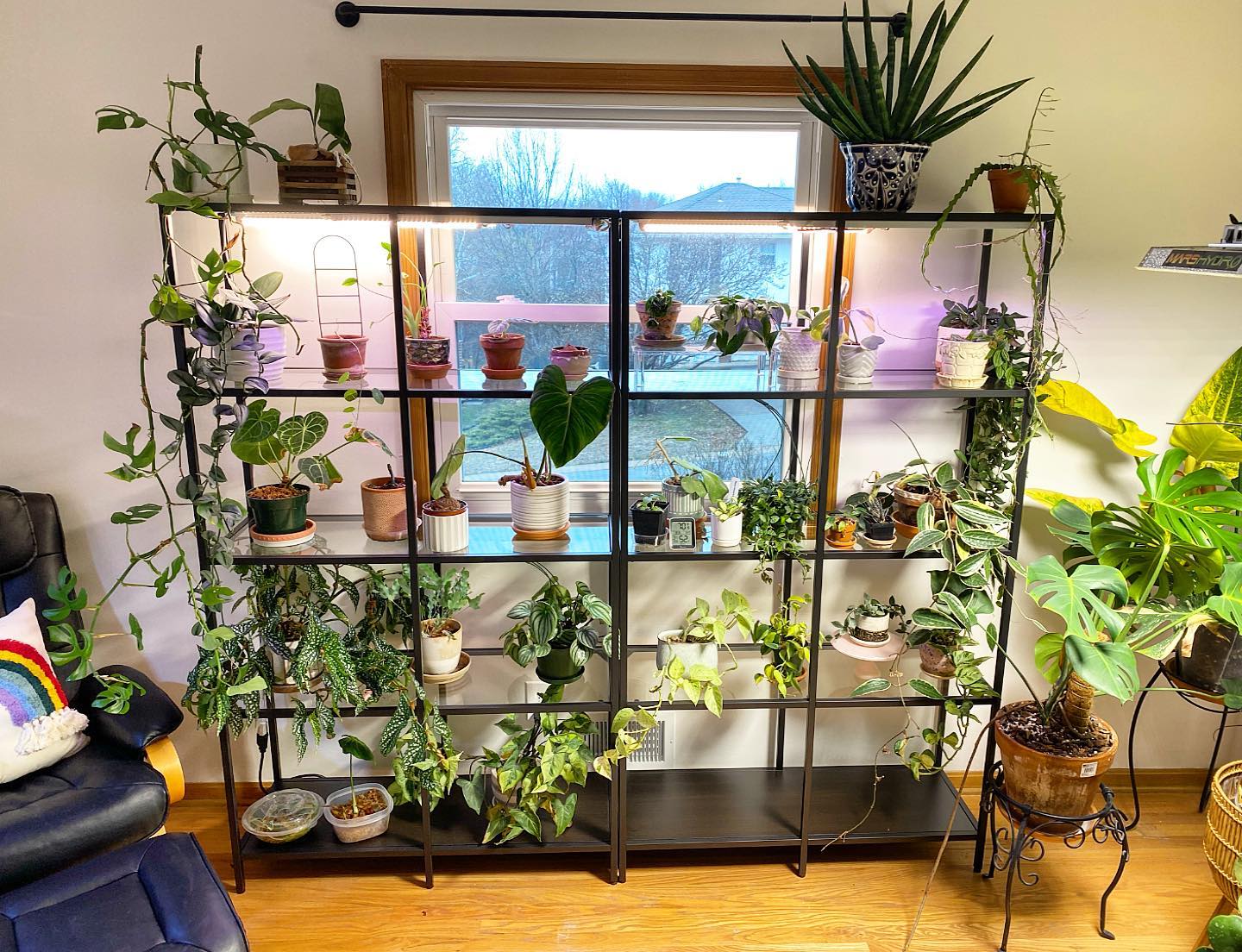
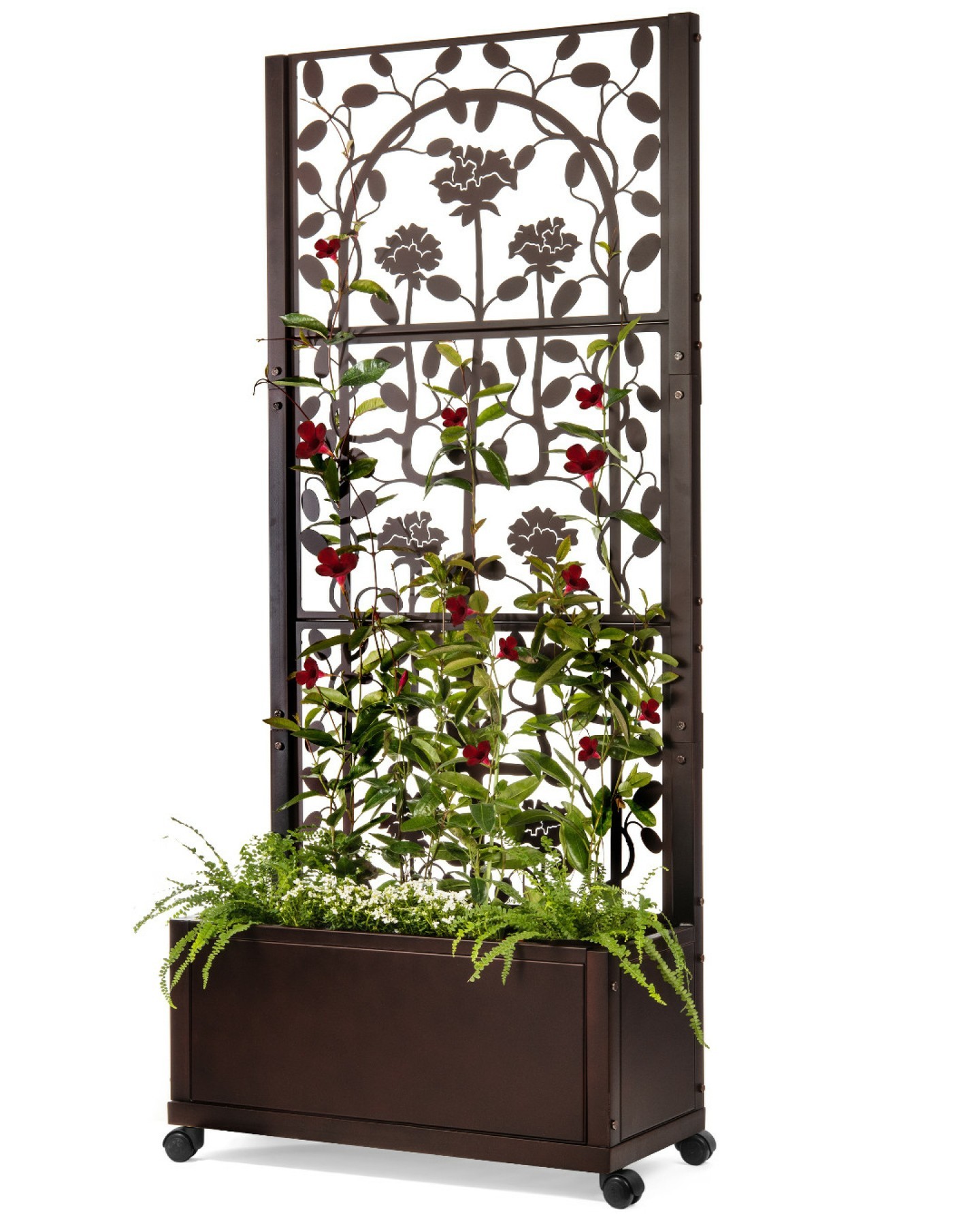
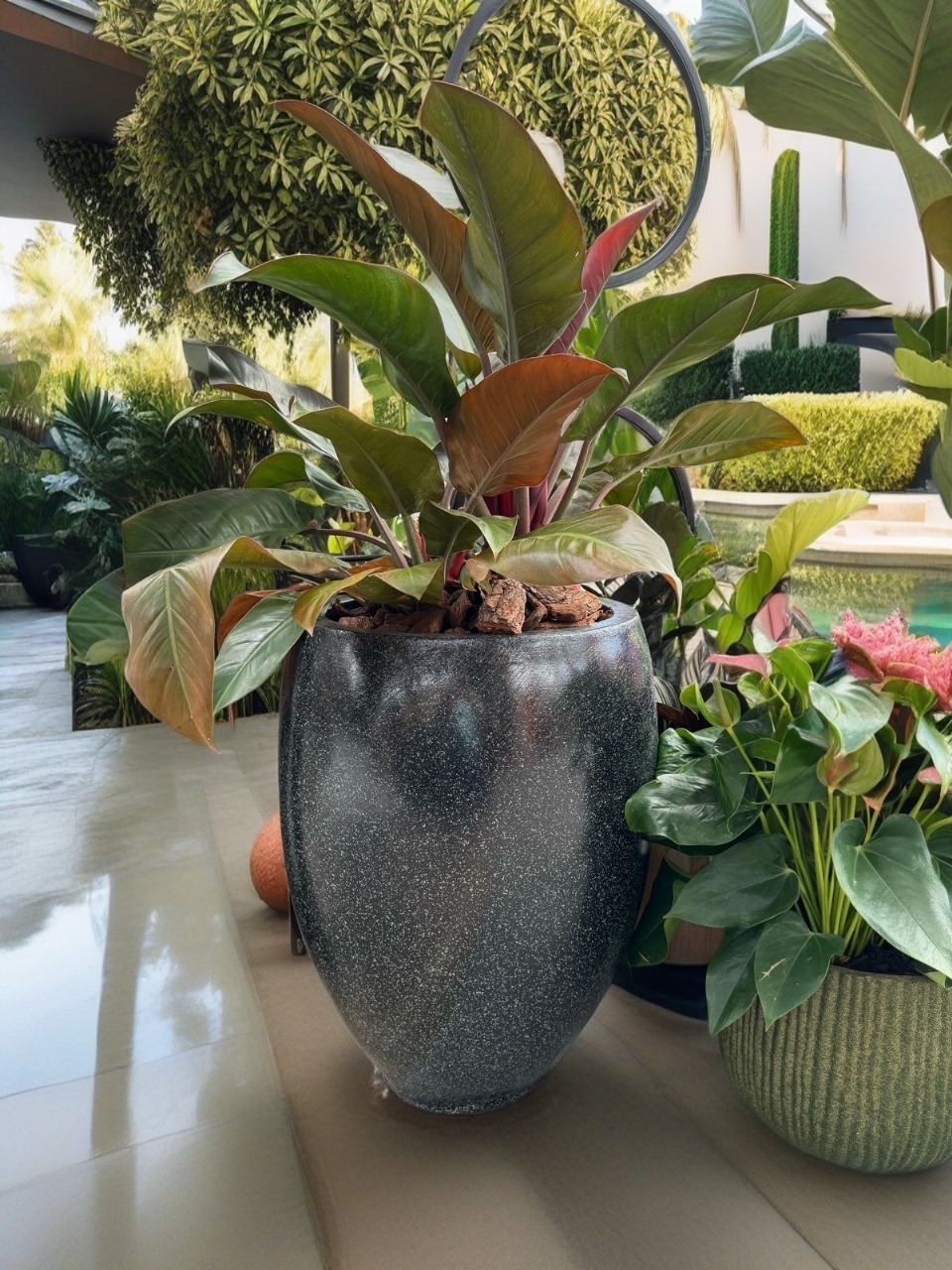
Comments